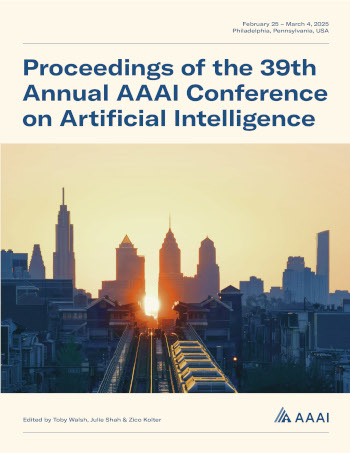Hybrid phenology modeling for predicting temperature effects on tree dormancy
Abstract
Biophysical models offer valuable insights into climate-phenology relationships in both natural and agricultural settings. However, there are substantial structural discrepancies across models which require site-specific recalibration, often yielding inconsistent predictions under similar climate scenarios. Machine learning methods offer data-driven solutions, but often lack interpretability and alignment with existing knowledge. We present a phenology model describing dormancy in fruit trees, integrating conventional biophysical models with a neural network to address their structural disparities. We evaluate our hybrid model in an extensive case study predicting cherry tree phenology in Japan, South Korea and Switzerland. Our approach consistently outperforms both traditional biophysical and machine learning models in predicting blooming dates across years. Additionally, the neural network’s adaptability facilitates parameter learning for specific tree varieties, enabling robust generalization to new sites without site-specific recalibration. This hybrid model leverages both biophysical constraints and data-driven flexibility, offering a promising avenue for accurate and interpretable phenology modeling.
 Published as:
Published as:
R. van Bree,
D. Marcos,
I. Athanasiadis,
Hybrid phenology modeling for predicting temperature effects on tree dormancy,
Proc. Conf. AAAI Artif. Intell., 37:28458-28466,
2025, doi:10.1609/aaai.v39i27.35068.
You might also enjoy (View all publications)
- CY-Bench: A comprehensive benchmark dataset for sub-national crop yield forecasting
- Hybrid phenology modeling for predicting temperature effects on tree dormancy
- To measure or not: A cost-sensitive, selective measuring environment for agricultural management decisions with reinforcement learning
